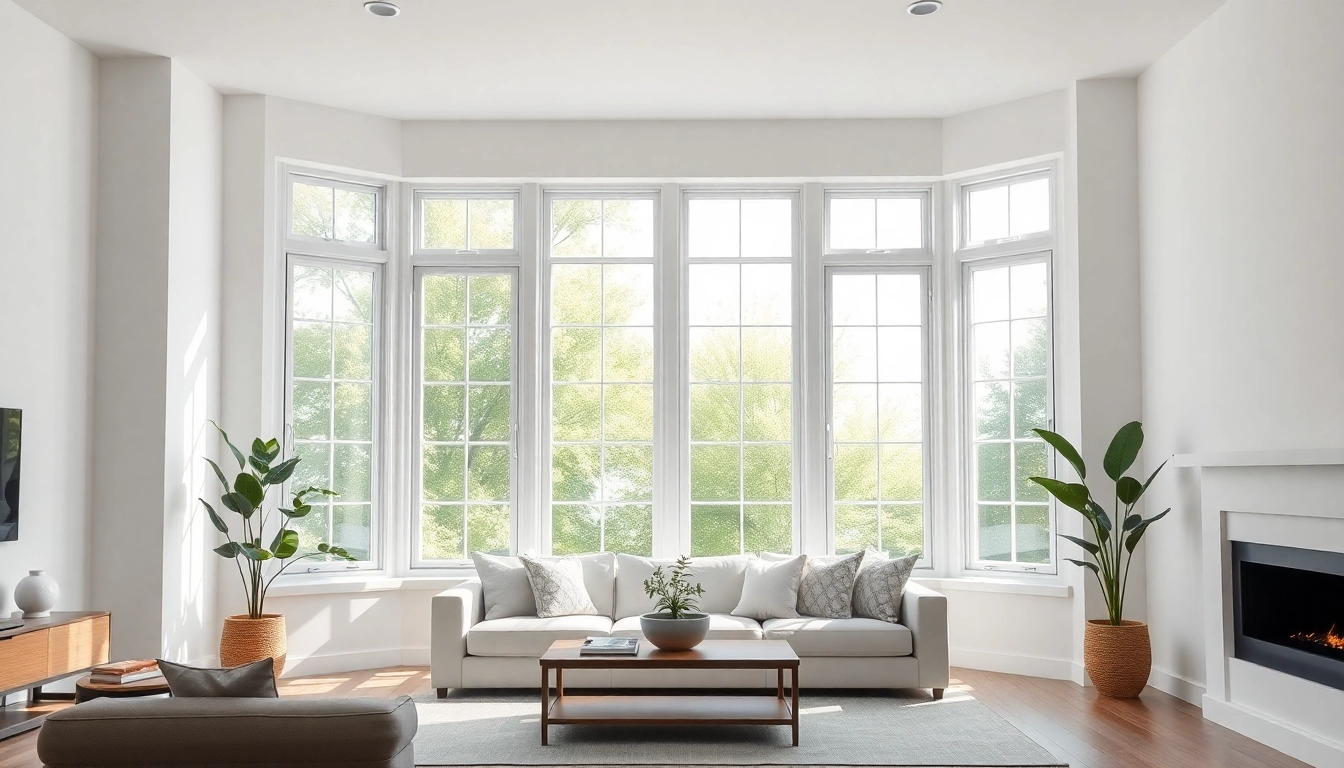Replacement windows offer a practical path to comfort, efficiency, and value. They replace aging glazing and frames with modern systems that seal out drafts, reduce heat transfer, and enhance curb appeal. Whether upgrading a single opening or the entire façade, understanding options, costs, and performance helps homeowners choose confidently. This guide centers on actionable insights, bringing clarity to planning, selection, and installation, and translating features into real-world results. Replacement Windows.
Understanding Replacement Windows: Fundamentals and Benefits
What Replacement Windows Include
A typical replacement unit comprises a new sash or sash-in-frame assembly, a compatible frame insert, insulating glazing with modern coatings, hardware for operation, weatherstripping, and proper flashing. Retrofit options reuse the existing frame if it remains sound, while full-frame replacements replace the entire unit, including the sill and framing, to address structural wear, moisture, or alignment issues.
Key Benefits: Comfort, Efficiency, and Value
Homes with updated replacement windows experience fewer drafts and cold spots, contributing to greater daily comfort. Modern glazing and tighter seals lower heating and cooling loads, yielding meaningful energy savings over time. Improved curb appeal, better noise control, and enhanced resale value round out the benefits, making replacement windows a sound long-term investment.
Replacement Windows vs. Remodeling: When to Choose Retrofit
Retrofit installations are ideal when the existing frame is plumb, level, and undamaged, and there’s a desire to minimize disruption and cost. Full-frame replacements are preferable when the current frame shows rot, warping, or persistent moisture, or when you need to correct misalignment or expand the opening for higher performance. The choice hinges on frame condition, budget, and long-term goals.
Replacement Windows Types and Styles for Modern Homes
Vinyl, Wood, and Aluminum-Clad Options
Vinyl offers affordability, low maintenance, and strong energy performance, making it a popular choice for many homes. Wood provides authentic aesthetics and can be refinished, but requires more upkeep. Aluminum-clad solutions pair a durable metal exterior with a wood or composite interior, balancing durability with interior warmth. Each material has trade-offs in maintenance, durability, and climate suitability.
Style Choices: Double-Hung, Casement, and More
Style selections influence ventilation, ease of cleaning, and architectural compatibility. Double-hung windows are versatile for traditional designs; casement windows deliver excellent airtight sealing and expansive opening areas; sliding, picture, and bay/bow configurations expand sightlines and daylight. Grille patterns and hardware finishes let you tailor the look to your home while preserving performance.
Exterior Finishes and Weather Considerations
Exterior finishes affect durability and maintenance; durable color systems resist fading in sun exposure, and weather-resistant cladding protects against moisture infiltration. In harsher climates, choose coatings and sealants formulated for freeze-thaw cycles, high winds, and UV exposure. Proper flashing, drainage, and installation quality are essential to long-term performance.
Choosing Between Retrofit and Full-Frame Replacement Windows
Retrofit vs Full-Frame: Pros and Cons
Retrofit preserves more of the existing structure, offering quicker installation and lower costs but may limit achievable performance if the frame or sill is compromised. Full-frame installations remove the old frame entirely, enabling superior air sealing, improved alignment, and the opportunity to upgrade to larger openings or modern hardware—at a higher upfront price and longer project timeline.
Practical Considerations: Sill, Sash, and Frame
When planning, assess the rough opening for straightness, levelness, and square measurements. Retrofit focuses on the sash and glazing inserts within the current frame, while full-frame requires new sills and complete frame assembly. Any trim work, interior finishing, or exterior cladding may influence overall cost and timelines.
Installation Timelines and Disruption
Retrofit projects typically take a few hours to a couple of days per opening, depending on scope. Full-frame replacements often require several days to a week or more, with additional time for trim and exterior detailing. Scheduling around weather and permitting needs helps minimize disruption and protect interior spaces during installation.
Cost, Quotes, and ROI with Replacement Windows
Estimating Project Cost Ranges and Financing
Costs vary by material, style, glass options, and number of openings. In many markets, retrofit projects are less expensive than full-frame replacements, while full-frame installations can range broadly based on size and features. For a comprehensive project spanning a typical home, allowances often fall within a wide band; consult multiple quotes to gauge region-specific pricing and financing options, including potential energy incentives.
Comparing Quotes, Warranties, and Brands
When evaluating quotes, compare not only price but also warranty coverage on glass, seals, hardware, and installation craftsmanship. Confirm what is included in the warranty duration and what qualifies as a covered defect. Brand reputation, post-installation support, and local service availability are equally important for long-term peace of mind.
Long-Term ROI: Energy Savings and Resale Value
Energy-efficient windows reduce ongoing utility costs and can contribute to a more comfortable living environment. The combined effect of better insulation, reduced drafts, and modern coatings often translates into a measurable return over the life of the windows. In resale scenarios, upgraded windows can be a meaningful selling point that differentiates a home in competitive markets.
Measuring, Ordering, and Performance with Replacement Windows
Accurate Measurements and Templates
Begin with precise rough opening measurements, confirming verticals are plumb and horizontals square. Take multiple measurements at different points to account for any irregularities. Accurate templates help manufacturers deliver units that fit seamlessly, reducing the risk of costly rework.
Ordering Process: Lead Times and Customization
Lead times vary with material, customization, and glass options. Decide on glass packages (tints, coatings, lamination, Low-E types) and consider grid patterns, grille styles, and hardware finishes. Clear specifications and timely approvals help keep the project on schedule and ensure the final product aligns with design goals.
Performance Metrics: U-Factor, SHGC, and Air Infiltration
U-factor measures heat transfer; a lower number indicates better insulation. Solar Heat Gain Coefficient (SHGC) denotes how much solar energy transfers through glass; lower SHGC is advantageous in sunny climates, higher in cooler regions where solar warmth is welcome. Air infiltration ratings reflect the level of draft resistance; tighter seals improve overall comfort and efficiency.



